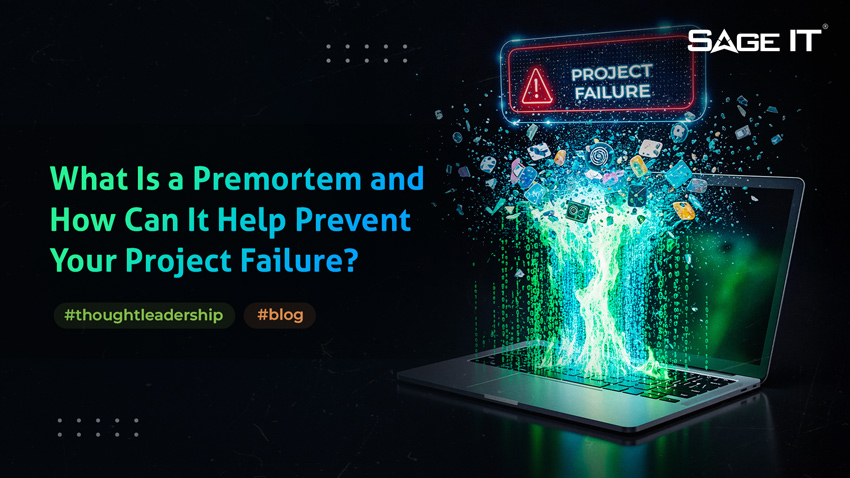“Packaged Business Capabilities (PBCs) as the Basis for Composable Businesses
In today’s rapidly changing business landscape, companies face the daunting task of adapting to new technologies, evolving customer demands, and intense competition. To achieve this, businesses are increasingly turning to composable architecture, which allows them to quickly and easily assemble new capabilities and services by combining existing ones. One key component of this architecture is packaged business capabilities (PBCs).
What Are Packaged Business Capabilities?
Gartner defines a composable business as “an organization that delivers business outcomes and adapts to the pace of business change. It does this through the assembly and combination of packaged business capabilities (PBCs). PBCs are application building blocks that have been purchased or developed.”
In other words, PBCs are independent and autonomous business services that can be used as a whole. These modules serve as the building blocks for creating customized user experiences and product suites.
For example, for an e-Commerce firm, a payment processing capability can integrate PBCs such as fraud detection and prevention, invoice management, and reporting. By packaging all these capabilities, the company can offer their customers a comprehensive payments suite to their customers with a single user interface.
Are PBCs similar to microservices?
While PBCs and microservices are similar concepts, there are a few fundamental differences in their architecture and functionality.
Microservices are small, independent, and loosely coupled services that work together to form a larger application. They are used primarily to design, build, and deploy applications to a server or cloud.
Packaged business capabilities are modular units containing a set of services, data schema, APIs, and event channels. The collective bundle is used as building blocks to bring applications to market, develop custom user experiences, and implement application product suites.
Microservices are characterized by their finer granularity, with each dedicated to a specific purpose, while PBCs have a more comprehensive structure and can be self-contained.
Today, microservices are the preferred architectural style among developers due to their lightweight APIs and ease of development, and they may not be as beneficial to business leaders or users. Whereas, PBCs are designed to align directly with business use cases or outcomes, providing tangible value to business teams such as order management.
Despite these differences, both PBCs and microservices enable businesses to break down complex applications into smaller, more manageable pieces, making them easier to develop, deploy, and maintain.
Why does my business need PBCs?
For large organizations, it is technically possible to create a best-of-breed solution with multiple microservices from different vendors. This is not the most practical solution due to the high integration costs, difficulties in managing multiple vendors, the need to use different user interfaces for each application, and having to deal with multiple licenses, documentation, and compliance requirements. As a result, organizations often opt for an entire application for ease of management and to outweigh the costs.
PBCs can help small and large organizations deliver the same level of flexibility as microservices while reducing complexities, making it a more viable solution for composable businesses. PBCs can help organizations:
1. Streamline Operations
PBCs are designed to align directly with business use cases or outcomes, providing tangible value to business teams such as order management. By implementing PBCs, businesses can streamline their operations and automate processes, ultimately saving costs and increasing efficiency.
2. Create and manage digital platforms
Packaged business capabilities are versatile, portable, and interoperable components that can be used as plug-ins for large enterprise systems or as small, purpose-built programs to address specific business needs. They can be combined to create composable applications, allowing organizations to rapidly offer new end-to-end services at scale. Reusing PBCs in a composable application is a cost- and time-efficient approach to modernization or digital transformation initiatives.
3. Increase business agility and flexibility
To achieve agile application development and create customized user experiences for new workflows and processes, composable enterprises must improve the reuse of existing PBCs. This means that businesses need to have a robust PBC management strategy in place that includes identifying, cataloging, and maintaining PBCs for reuse across the organization. By doing this, businesses can achieve greater agility and flexibility in their application development processes, enabling them to respond more quickly to changing market conditions and customer needs.
4. Facilitate innovation and growth
Packaged business capabilities allow businesses to offload noncore functions to specialized vendors or partners, freeing up resources to invest in innovation and growth. By leveraging pre-built capabilities, businesses can concentrate on what they do best, such as developing core competencies and creating new products and services. According to Gartner, investments in low-code technologies that support innovation and composable integration will also grow as organizations embrace the composable enterprise. Low-code development technologies can help composable enterprises achieve agility by improving the reuse of existing PBCs.
Conclusion
In the age of digital transformation, composable businesses with packaged capabilities are a must-have for businesses seeking to remain competitive in the face of an ever-changing market. By leveraging the power of technologies such as cloud computing, artificial intelligence, and machine learning, businesses can design integrated, agile applications that can quickly adapt to changing consumer needs. Packaged business capabilities provide the building blocks for creating innovative customer experiences and increasing efficiency in operations. As such, they form an essential part of any digital strategy. As more companies adopt composable architectures, the availability and quality of packaged business capabilities will continue to be a critical factor in their success.
For enquires, mail to marketing@sageitinc.com
Contributed for Sage IT by
Srini Gajula (Chief Solutions officer)
sgajula@sageitinc.com










